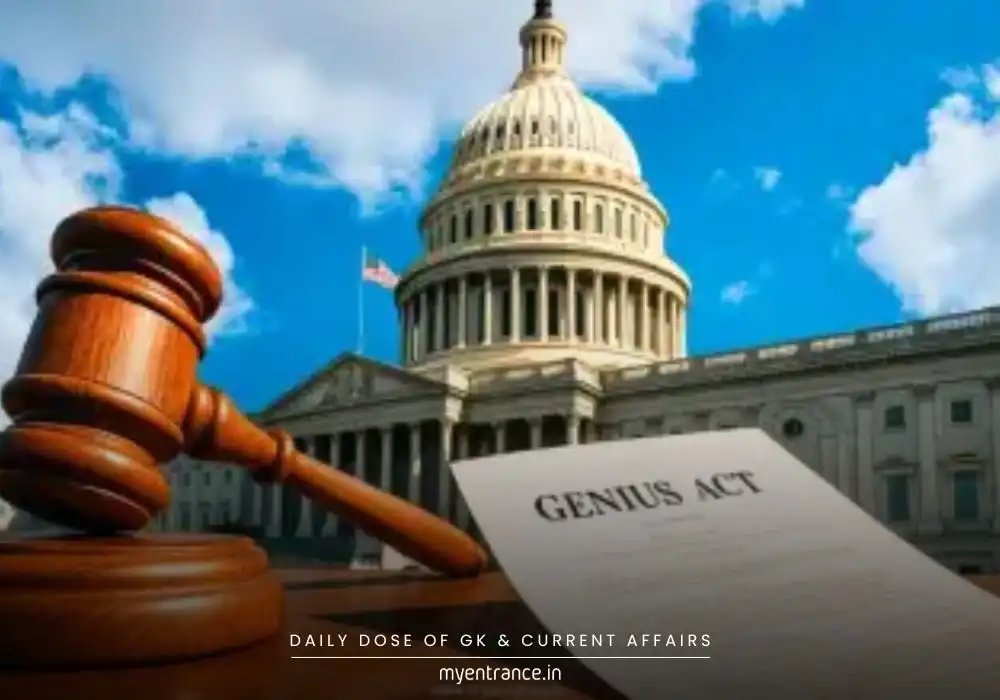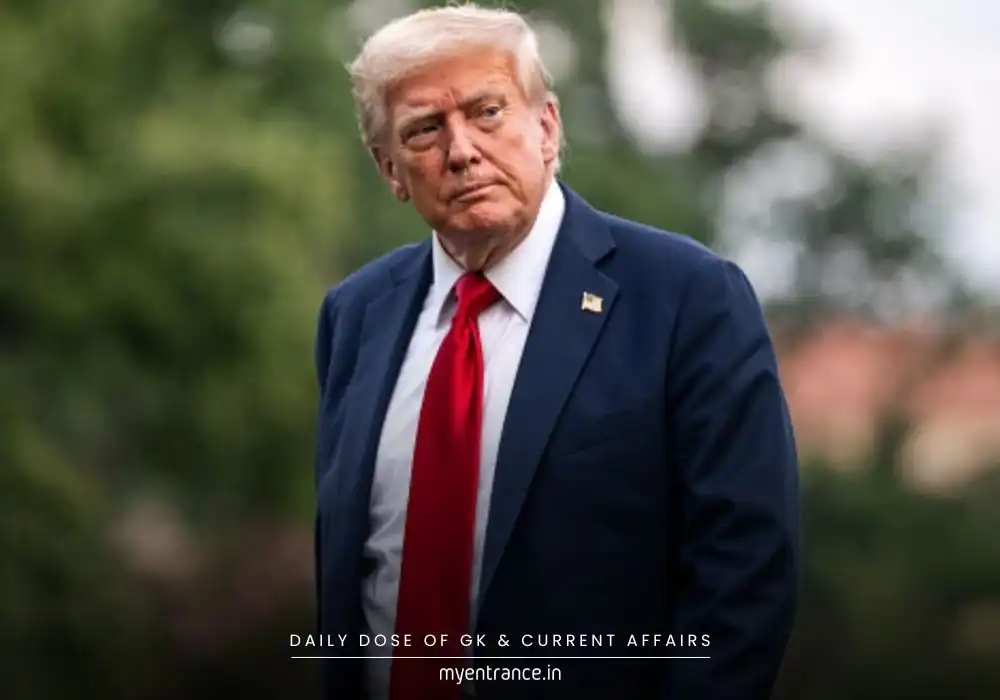Translate Language
Will the US GENIUS Act Reshape Global Finance and Fight De-Dollarisation?
The US House of Representatives recently passed landmark crypto laws—the GENIUS, CLARITY, and Anti-CBDC Acts—to formalize digital assets and counter de-dollarisation risks. These moves align with Trump’s agenda to reinforce the US dollar’s global dominance through stablecoins.

The US is making bold strides to regulate cryptocurrencies and protect the dollar’s status. During “Crypto Week,” the House passed three key laws:
The GENIUS Act: Allows regulated issuance of stablecoins (cryptocurrencies backed 1:1 by US dollars or Treasury Bills). This aims to boost global trust in the dollar.
The CLARITY Act: Defines rules for digital asset markets to prevent fraud and ensure transparency.
The Anti-CBDC Act: Bans the US Federal Reserve from issuing a central bank digital currency (CBDC), citing privacy concerns.
Why these laws matter:
Countering De-Dollarisation: After the US froze Russian assets in 2022, countries like China and India accelerated gold purchases and explored non-dollar trade. Stablecoins like Tether (now expanding into commodities) offer a workaround to keep the dollar relevant globally.
Economic Strategy: By tying stablecoins to US debt (T-bills), America aims to recycle global dollar demand into its economy. As Tether’s purchase of agro-giant Adecoagro shows, this could revolutionize commodity payments.
Key Distinctions:
Cryptocurrency vs. Stablecoin:
Crypto (e.g., Bitcoin): Decentralized, volatile, and validated by blockchain miners solving cryptographic puzzles.
Stablecoin (e.g., USDT): Centralized, price-stable, and backed by real-world assets like the dollar.
Blockchain’s Role: Enables secure, transparent transactions without central banks.
Challenges Ahead:
Privacy debates around CBDCs, regulatory gaps in emerging markets like India, and the risk of volatile “unbacked” cryptos disrupting financial stability.
Sample Q&As for Competitive Exams
Q1: What is the primary goal of the US GENIUS Act?
Ans: To regulate stablecoins by ensuring they’re fully backed by US dollars or Treasury Bills, reinforcing dollar dominance amid de-dollarisation trends.
Q2: How does de-dollarisation threaten the US economy?
Ans: Countries reducing dollar reserves (e.g., via gold purchases) could weaken the USD’s status as the global reserve currency, limiting US economic leverage.
Q3: Differentiate between cryptocurrency and stablecoin.
Ans: Cryptocurrencies (like Bitcoin) are decentralized and volatile, while stablecoins (like USDT) are asset-backed and price-stable.
Q4: Why did the Anti-CBDC Act ban a US digital currency?
Ans: Due to concerns that a Fed-issued CBDC could enable government surveillance and violate financial privacy.
Q5: How might stablecoins impact India’s economy?
Ans: They could simplify cross-border payments but challenge RBI’s monetary control if unregulated.
Get 3 Months Free Access for SSC, PSC, NIFT & NID
Boost your exam prep!
Use offer code WELCOME28 to get 3 months free subscription. Start preparing today!















